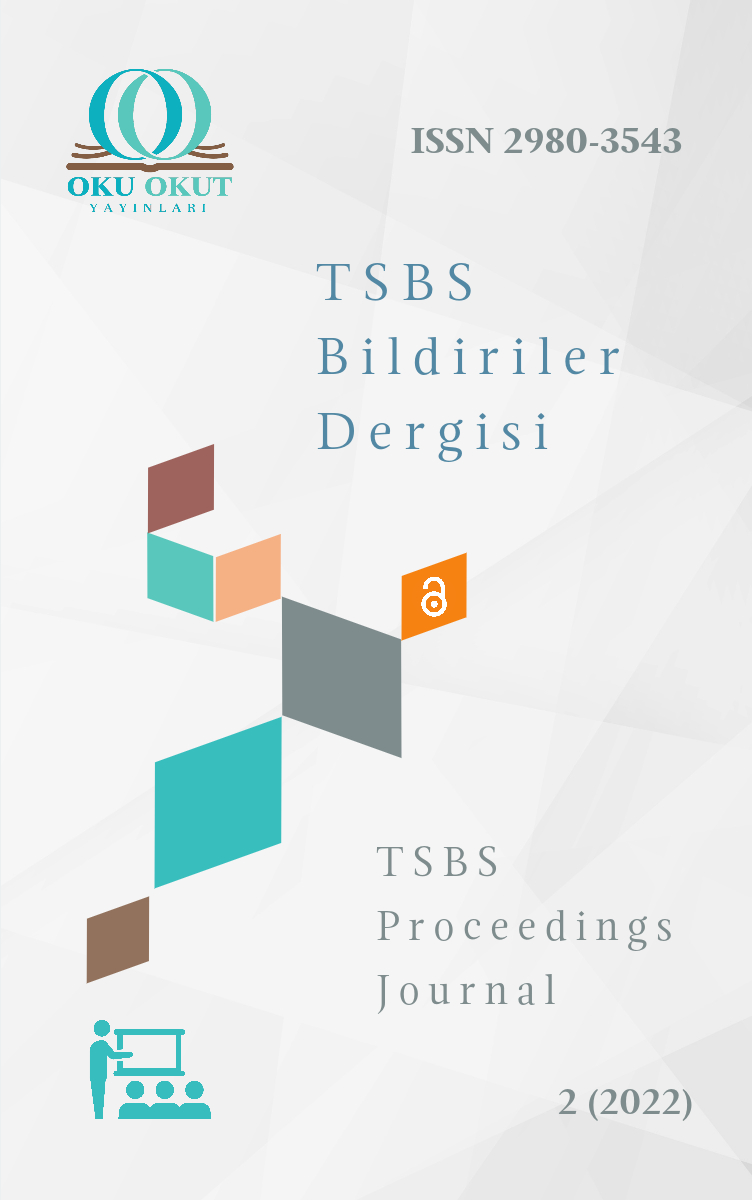An Analysis of Zamakhsharī's al-Mufrad wa-ʼal-muʼallaf fī ʼal-naḥw in terms of Arabic Grammar
Zemahşerî’nin el-Müfred ve’l-Müellef Eserinin Arap Dili Grameri Açısından İncelenmesi

Telif Hakkı (c) 2022 Merve Nur Gündüz (Yüksek Lisans Öğrencisi)
Bu çalışma Creative Commons Attribution-NonCommercial 4.0 International License ile lisanslanmıştır.
CC BY-NC 4.0 lisansı, eserin ticari kullanım dışında, her türlü ortam ve formatta paylaşılmasına, kopyalanmasına, çoğaltılmasına ve orijinal esere uygun şekilde atıfta bulunmak kaydıyla yeniden düzenlenmesine, dönüştürülmesine ve eser üzerine inşa edilmesine izin verir.
İndir
Makale Bilgileri
- Konu Arap Dili ve Edebiyatı
- Gönderim 27 Temmuz 2022
- Yayım 14 Ağustos 2022
- Sayı Sempozyum 2 (2022): TSBS Bildiriler Dergisi
- Bildiri Bilim Alanı Arap Dili ve Edebiyatı






